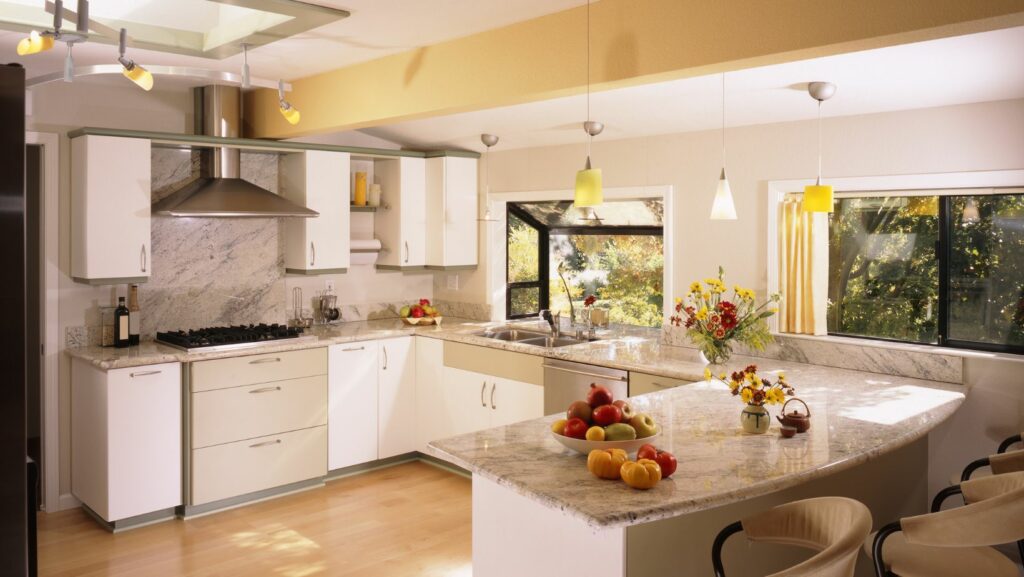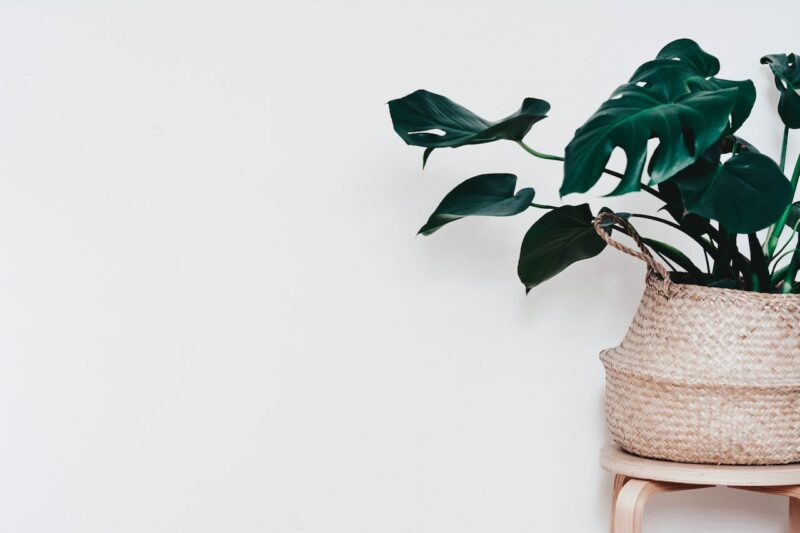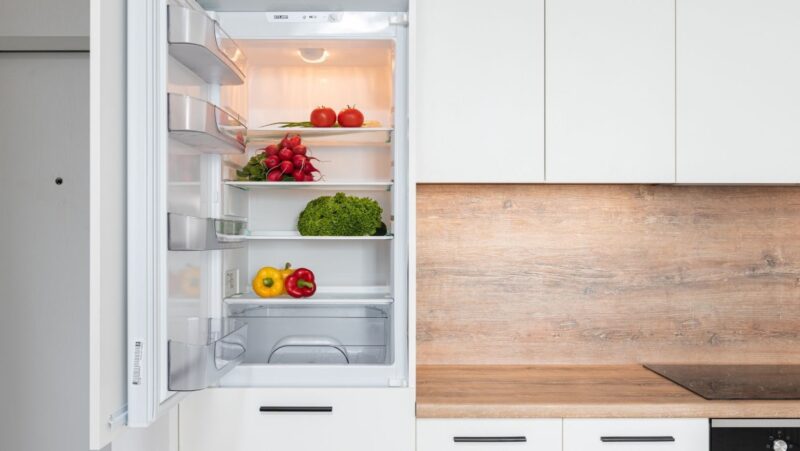
Whether it is remodeling your kitchen, building a back deck, or knocking down a wall to create a massive, open-plan room, there is nothing quite like the sense of achievement you get from completing a DIY project.
However, when undertaking do-it-yourself home renovations, it is vital to remember that the safety of yourself and everyone else in the home must come first.
Sadly, accidents and injuries happen. Indeed, 13 out of every 100,000 people who end up in hospital annually in Australia do so from a DIY-related incident – with falling off a ladder being the most common reason.
The risk is highest for men aged 45 or over. So, it is worth taking precautions next time you start the pneumatic drill or cut a piece of wood.
With that in mind, here are seven tips to make DIY safer. If you bear these best practices in mind, you will likely avoid coming a cropper on your next project.
Understand the Scope of Your DIY Project
One of the best ways to make your DIY project safer is to understand the scope of it.
This should involve researching what tools need to be used and how to perform the work that must be done, such as a kitchen renovation.
Watching product tutorial videos on YouTube for guidance before starting the work is good, particularly if it is the first time you will be doing such a project or using the tools.
Wear Protective Gear
Protective gear has a specific purpose. And that, of course, is to protect you from the risks of accidents that happen during renovation work. For this reason, you would be foolish not to use the safety measures available to you when performing your DIY project.
You should always wear a hard hat and safety goggles at all times during the renovation. Additionally, it is prudent to wear gloves, a mask, earplugs, knee pads, sturdy footwear and protective clothing for most tasks.
Cuts and bruises can occur from a range of sources including falling debris, sparks and sharp edges, while dust and other airborne particles can cause respiratory issues if you are exposed to it for a prolonged period.
Signage
As well as protective gear, it is important to employ signage that advises of the work in progress. This is particularly pertinent if you are working outside, where there might be passing foot traffic.
If you are working with potentially flammable liquids or dangerous goods, it is also imperative to have signs advising of this to warn others. You can see some examples of them here.
Know the Correct Way to use a Ladder
We mentioned earlier that falling off a ladder is the leading cause of DIY reno accidents in Australia. Therefore, if you need to use one to perform your work, it pays to know the correct way to do so.
Firstly, you need to use a sturdy ladder that can hold your weight. Typically, those made of wood, metal or fibreglass will do the job best.
When using it, make sure you set up the ladder on a level and stable surface. Additionally, lock the three-point anchor into position to ensure that its base is at its most solid as you go up and down it.
You should always climb up it with both feet on the ladder and at least one of your hands. It is also important not to lean back, especially the higher you go up it, and stay focused on the task at hand.
It is not advisable to stand on an aluminium ladder if you are working with electrical tools. Aluminium is a known conductor of electricity, so you run the risk of electrocution if the tool were to come into contact with it.
Always Turn the Power Off Electrical Equipment
When you are not using them, you should always ensure the power is turned off on all electrical equipment. Better still you should unplug the apparatus too.
Additionally, it is wise to keep these power sources away from water and not to use any tools that have frayed cords or disabled guards.
Have Fire Extinguishers Handy
Before you start any DIY project, make a point of sourcing fire extinguishers. They could save you thousands of dollars worth of damage and even be a lifesaver should a fire ever break out.
It is worth getting extinguishers that are A-B-C rated and general purpose, as they will protect you from burning liquids, materials like paper and wood and electrical components and insulation.
Consider having at least one fire extinguisher in your renovation zone and a couple of others in central areas that can easily be accessed.
Leave Some Jobs to the Professionals
Sometimes, the best way to make a DIY renovation safer is to call in professionals for specific jobs.
The likes of electrical work, roof repair and gas maintenance all require specialist knowledge, and in most cases, industry qualifications.
If done incorrectly, it could have serious ramifications to you and your family’s health, as well as your home.














